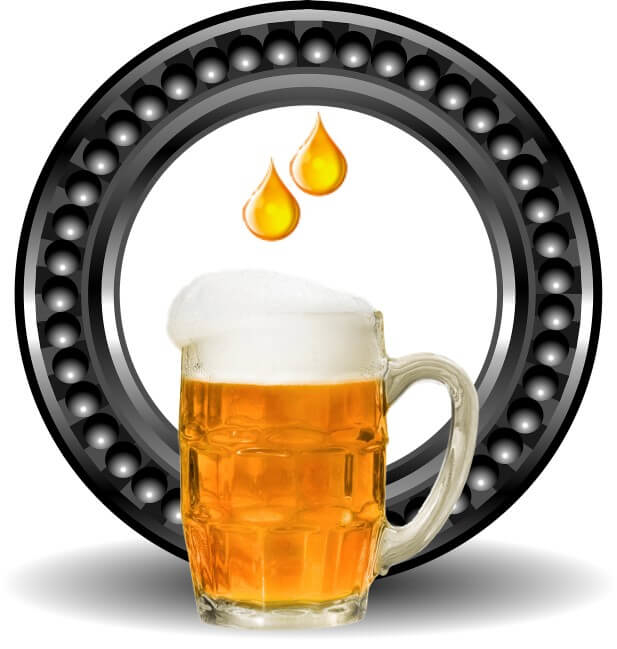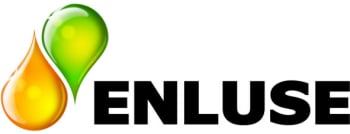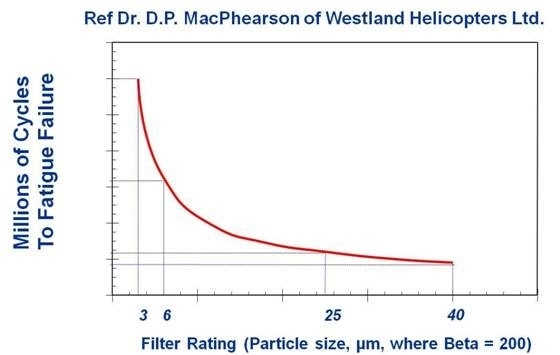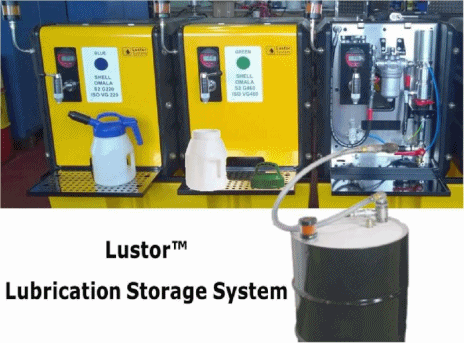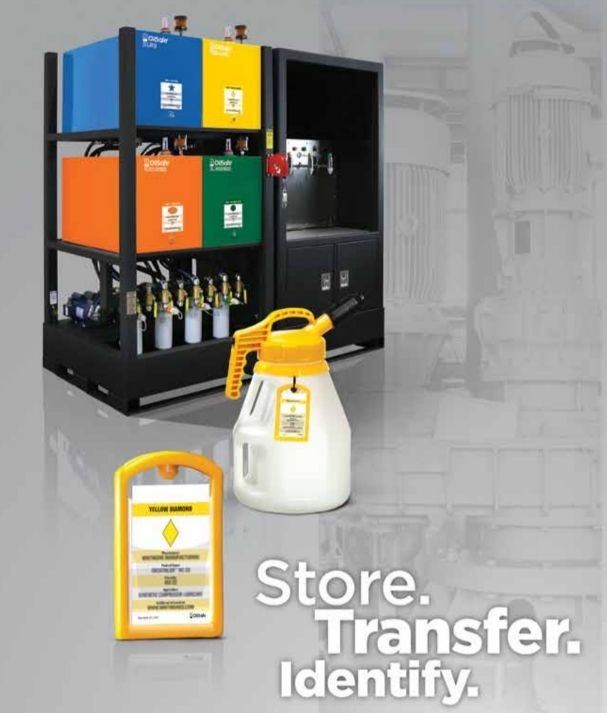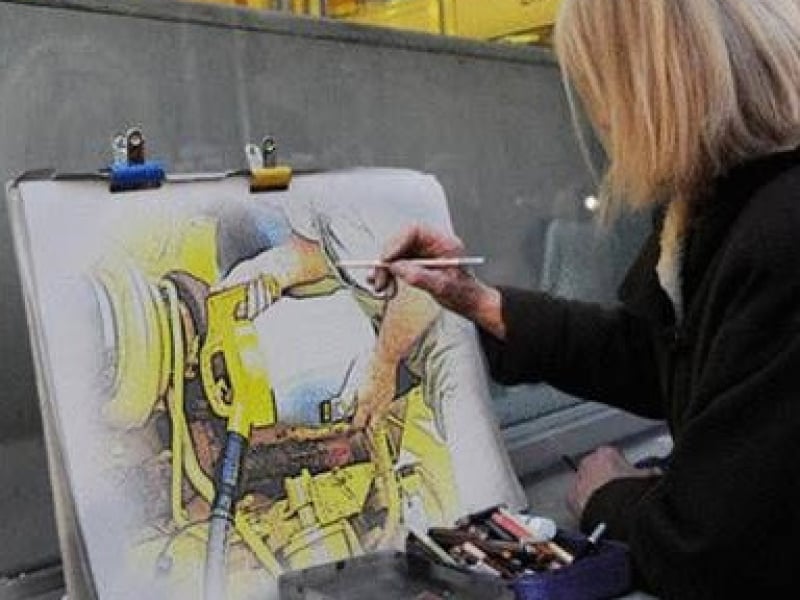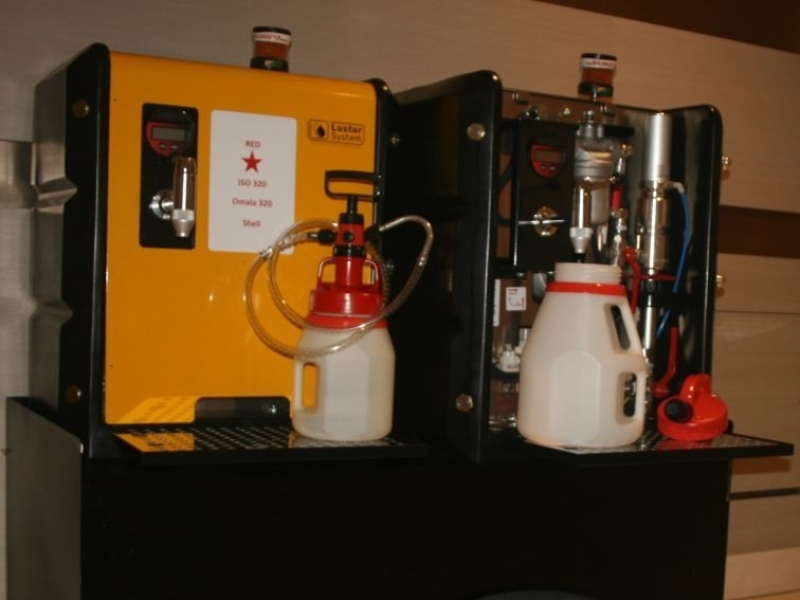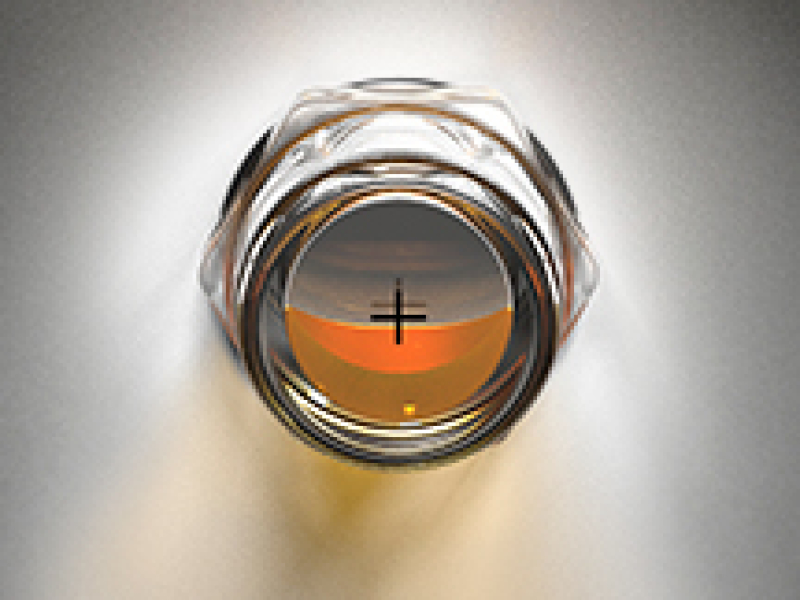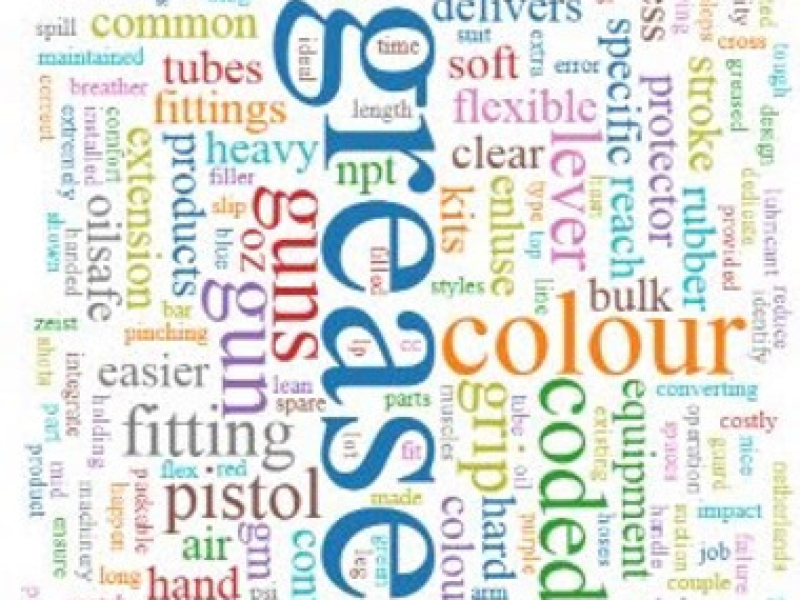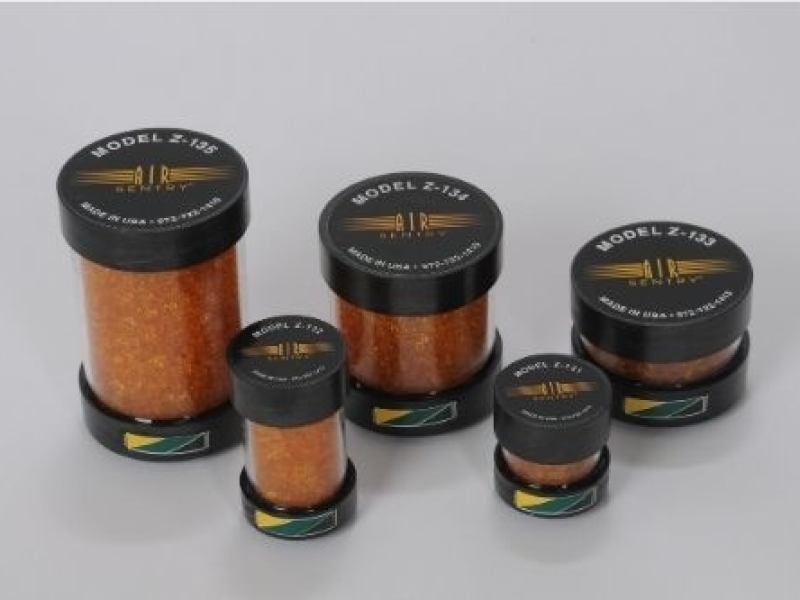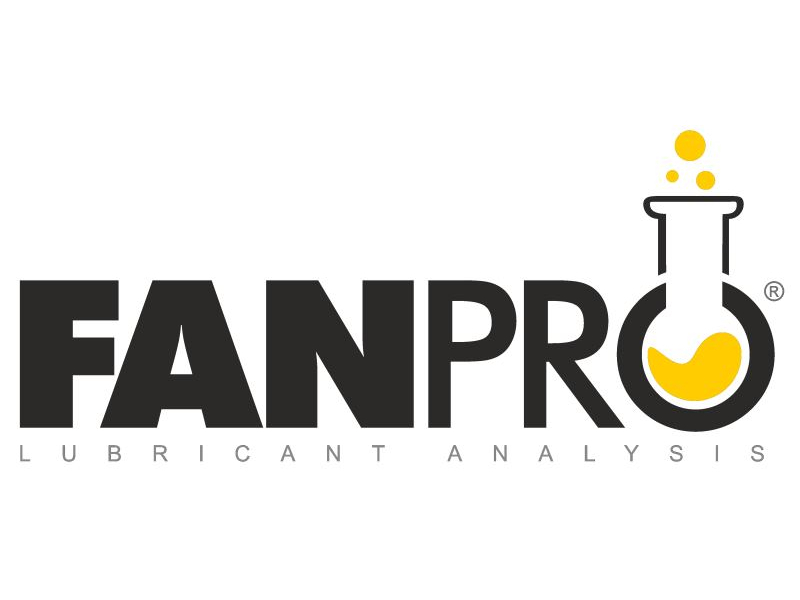Understanding Oil Contamination
The number one problem with lubrication today is contamination and this can be particle contamination or chemical contamination or both. A Lubrication Reliability strategy consistently uses three words. These are Cleanliness, Contamination and Control and when combined they are generally used as cleanliness control and contamination control.
Cleanliness control is the processes and tools to ensure only clean lubricants are added to the equipment whereas Contamination Control is the processes and tools to ensure only clean lubricants are operating in the equipment .
So why the difference?
In lubrication management we spend a lot of time, effort and money to ensure the lubricants operating in our equipment are kept very clean, so why would we add dirty oil to an already clean system, it makes our work even harder, not to mention more costly.
